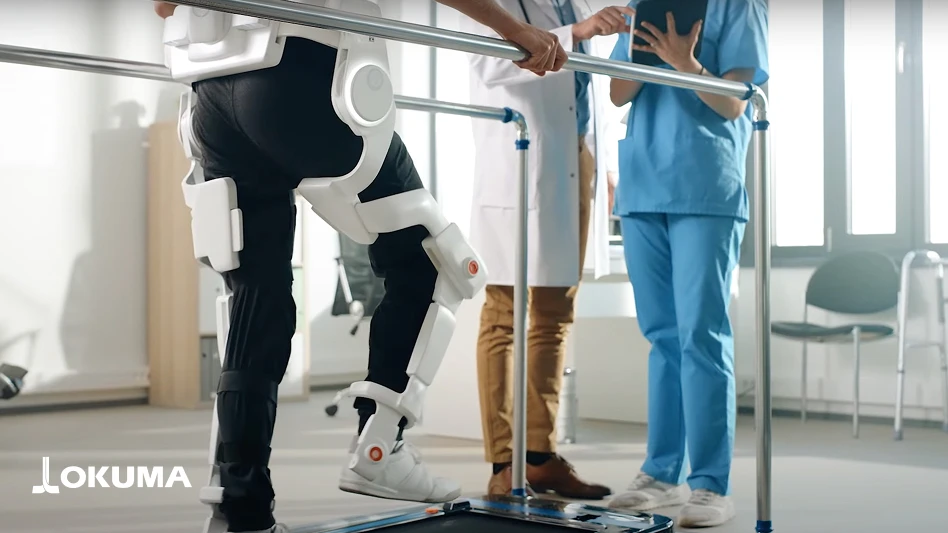
This is a modal window.
Updating a set of complicated heat exchanger models while changing the material and the 3D printer can be a daunting task. However, X-ray CT can give you confidence when selecting new print parameters and in inspecting printed parts.
Dr. Curtis Frederick, additive manufacturing application specialist at Zeiss Industrial Quality Solutions presents Overcoming the Challenges of New Designs, Materials, and Printers with X-Ray CT.
Hear about the successes and failures of 3D printing a topology optimized heat exchanger with a new alloy, Aluminum F357, that had not been printed on a Xline 1000 printer before this project. Using X-ray CT enabled quick development of new print parameters in one build and printing the redesigned heat exchangers in the next. Some background will be given on X-ray CT and an explanation of the parameter selection method we have created and the positives/negatives of this method. Upon inspection of the printed parts, our workflow had generated unexpected gaps in the parts. CT scanning the printed parts allowed us to determine the size of the internal gap and adjust the models accordingly.
Latest from Today's Medical Developments
- AI will power the next generation of medical wearables
- CUI Crash Course from Smithers
- Revolutionary implant harnesses electricity for healing
- Discover the advantages of Oerlikon's latest Surface Two technology
- #48 Lunch + Learn Podcast with OPEN MIND Technologies
- CERATIZIT achieves SBTi validation for emissions goals
- Applied Motion Products’ MLA & MEA series linear actuators
- Arterex expands portfolio with Xponent Global acquisition










